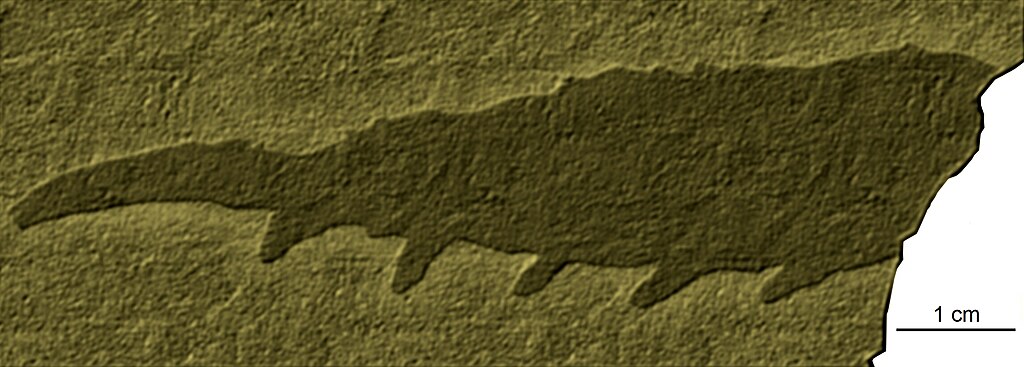For over a century, paleontologists have debated the metabolic nature of dinosaurs. Were these magnificent creatures cold-blooded like modern reptiles or warm-blooded like birds and mammals? The traditional view portrayed dinosaurs as sluggish, cold-blooded reptiles, but this perspective has been increasingly challenged by new evidence suggesting that many dinosaur species may have been warm-blooded or endothermic.
This article explores the evidence for dinosaur endothermy, examining both supporting and contradicting data to evaluate whether this revolutionary theory holds up to scientific scrutiny.
The Traditional Cold-Blooded View
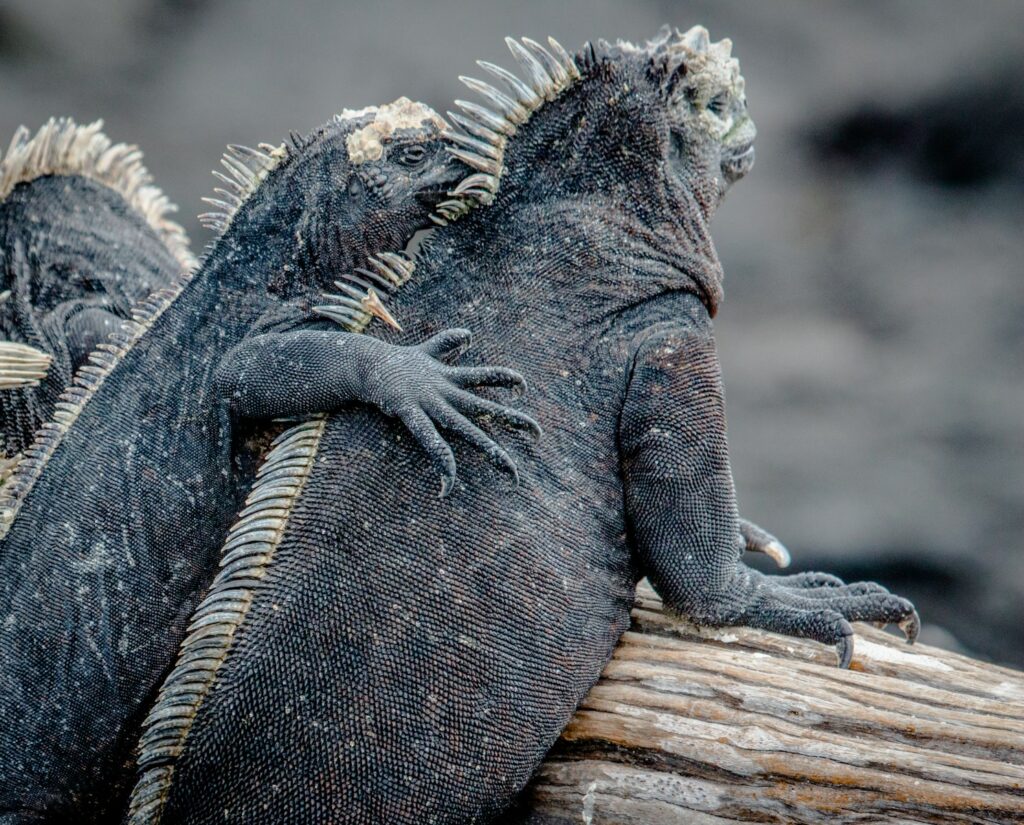
When dinosaurs were first scientifically described in the 19th century, they were immediately classified as reptiles based on their skeletal features and presumed to be cold-blooded (ectothermic) like modern reptiles. This traditional view dominated paleontological thinking for over a century. Early paleontologists envisioned dinosaurs as slow, sluggish creatures that required external heat sources to warm their bodies.
This perspective aligned with the Victorian-era understanding of evolution as a ladder of progress, with reptiles occupying a lower rung than mammals. The cold-blooded dinosaur paradigm was reinforced by early reconstructions that depicted dinosaurs like Brontosaurus (now Apatosaurus) as swamp-dwelling creatures that used water to support their massive weight because they lacked the metabolic energy to move efficiently on land.
The Dinosaur Renaissance

A significant shift in our understanding of dinosaurs began in the 1960s and 1970s, during what has become known as the “Dinosaur Renaissance.” This scientific revolution was largely sparked by paleontologist Robert Bakker, who presented compelling evidence suggesting that dinosaurs were active, energetic animals more similar to birds than to crocodiles. Bakker pointed to anatomical features like upright posture, heart and lung structure, and predator-prey ratios as evidence for warm-bloodedness.
His 1968 paper “The Superiority of Dinosaurs” and later his popular book “The Dinosaur Heresies” challenged the established view and proposed that dinosaurs maintained constant body temperatures through internal metabolic processes. This revolutionary perspective transformed dinosaurs from sluggish reptiles to dynamic, active creatures in both scientific understanding and popular imagination.
Evidence from Bone Microstructure

One of the most compelling lines of evidence for dinosaur endothermy comes from the microscopic structure of their bones. When examined under a microscope, dinosaur bones typically show what scientists call fibrolamellar bone tissue, characterized by numerous blood vessels and rapidly deposited bone material. This type of bone structure is notably similar to that of modern warm-blooded animals and differs significantly from the slow-growing bone tissue typically found in reptiles.
The presence of Haversian canals—specialized structures for blood vessels—and growth rings in dinosaur bones suggest a physiology capable of rapid growth and high metabolic rates. Additionally, the density of blood vessel channels in many dinosaur bones exceeds what would be expected in cold-blooded animals, suggesting they required extensive blood flow to fuel an active metabolism.
Growth Rate Analysis
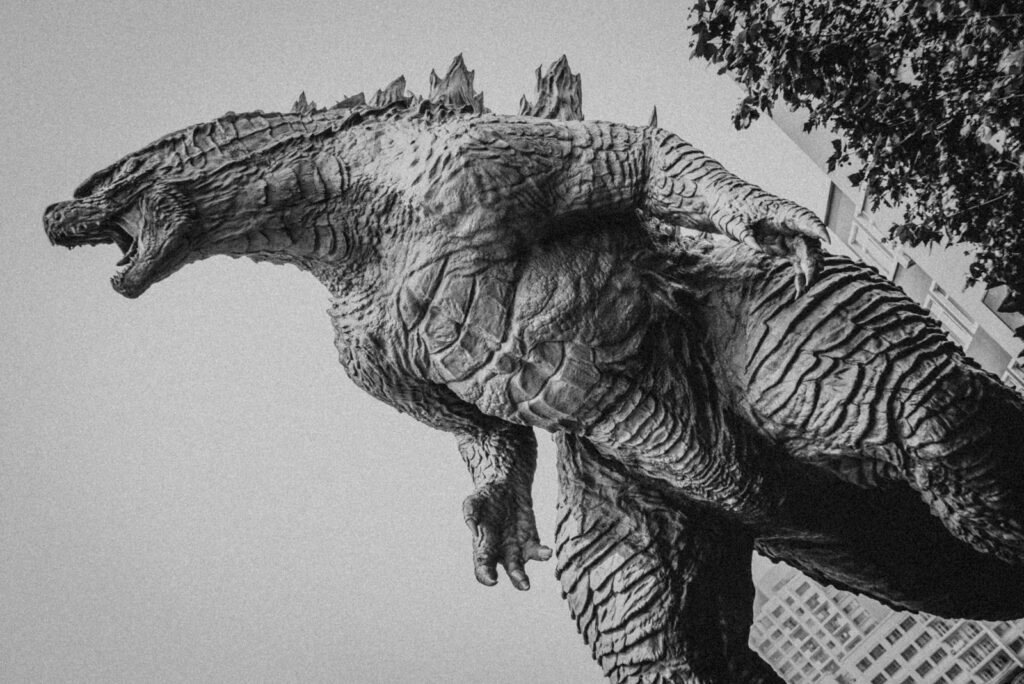
The rate at which dinosaurs grew provides another window into their metabolism. By studying growth rings in fossilized bones—similar to tree rings—scientists can determine how quickly dinosaurs reached their adult size. Research indicates that many dinosaur species grew at rates more comparable to birds and mammals than to reptiles. For instance, studies on Tyrannosaurus rex suggest it gained up to 2 kilograms per day during its teen years, a growth rate impossible for cold-blooded animals to achieve.
Similarly, sauropods like Apatosaurus appear to have grown from hatchlings to massive adults in just a few decades rather than the centuries it would take a cold-blooded animal of similar size. These rapid growth rates would have required metabolic systems capable of processing large amounts of food and converting it efficiently into body mass—a hallmark of endothermy.
The Feather Revolution

The discovery of feathered dinosaurs has dramatically strengthened the case for warm-bloodedness in at least some dinosaur lineages. Beginning with Sinosauropteryx in 1996, paleontologists have uncovered dozens of non-avian dinosaur species preserved with clear evidence of feathers or feather-like structures. Feathers are known to function primarily as insulation in modern birds, helping to maintain body heat—a feature that would be unnecessary for a truly cold-blooded animal.
The presence of complex feathers in dinosaurs like Microraptor and Anchiornis suggests these animals needed to regulate their body temperature internally. Furthermore, the evolutionary progression of feathers from simple filaments to complex structures capable of trapping air and providing insulation strongly indicates that the ability to maintain body temperature was an important selective pressure throughout dinosaur evolution.
Polar Dinosaurs Challenge Ectothermy

The discovery of dinosaur fossils in ancient polar regions presents a significant challenge to the cold-blooded hypothesis. Numerous dinosaur species have been found in formations from Alaska, Antarctica, and northern Canada that would have been within the Arctic or Antarctic Circles during the Mesozoic Era. While these regions were warmer than today due to different global climate conditions, they still experienced months of darkness and cool temperatures that would have been challenging for purely cold-blooded animals.
In Australia’s Polar Dinosaur Valley, small ornithopods and theropods apparently lived year-round in what was then a polar environment. These dinosaurs would have needed some mechanism to maintain activity during dark winter months when environmental heat sources were limited, suggesting either migration patterns or, more likely, some form of internal temperature regulation that allowed them to remain active despite environmental conditions.
The Respiratory System Argument
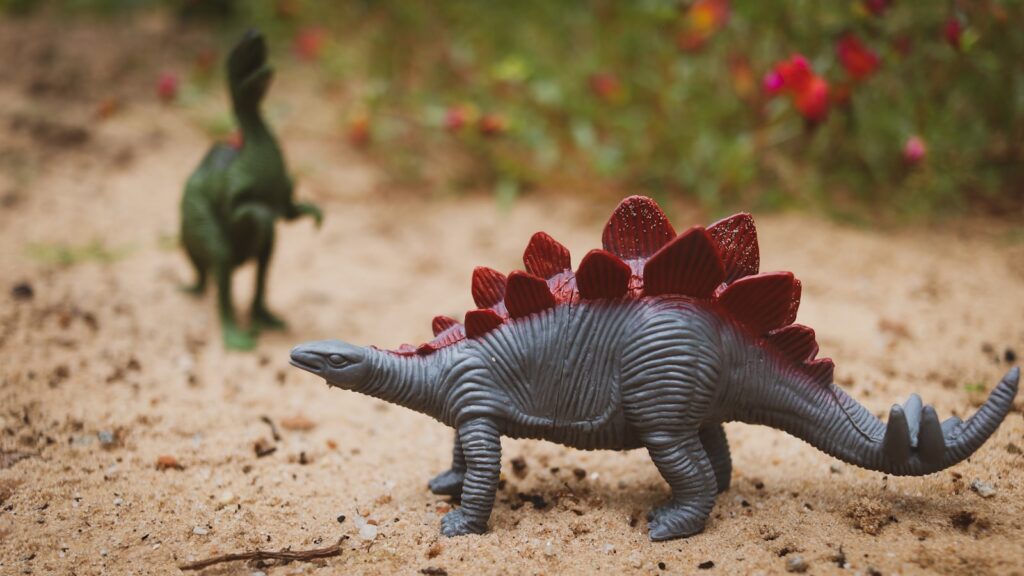
Dinosaurs possessed a respiratory system remarkably different from that of modern reptiles and more similar to that of birds. Evidence from fossilized dinosaur skeletons reveals the presence of air sacs and pneumatic bones—hollow bones connected to the respiratory system. This bird-like breathing system, with its unidirectional airflow and efficient oxygen extraction, would have supported a higher metabolic rate than the bidirectional breathing of reptiles.
The presence of uncollapsible air sacs in the bones of many dinosaur species suggests they could maintain the constant, high-volume oxygen intake necessary for sustained activity and endothermy. Furthermore, the extensive pneumatization (air spaces) found in the bones of sauropods and theropods indicates a respiratory efficiency that would have been superfluous for a slow-metabolizing ectotherm but crucial for an active endotherm requiring constant oxygen supply to fuel its energy needs.
Predator-Prey Ratios
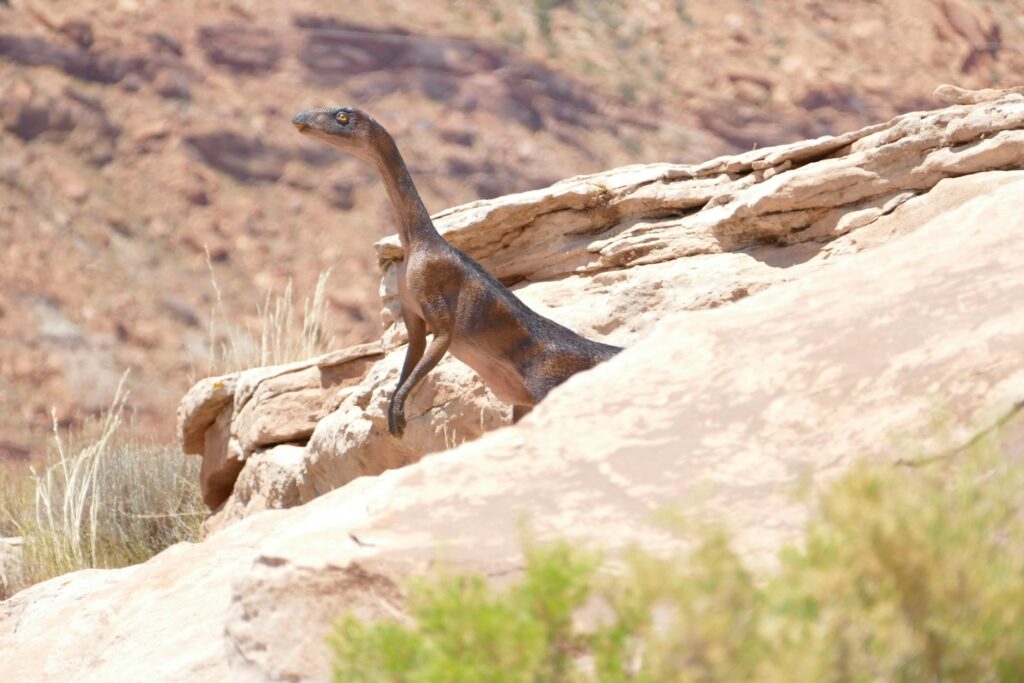
Ecological evidence has also been marshaled to support the warm-blooded dinosaur hypothesis. In modern ecosystems, warm-blooded predators are far less numerous than their prey because their high metabolic rates require them to consume more food. By contrast, cold-blooded predators can be present in numbers closer to their prey species. Analyses of well-preserved dinosaur communities suggest predator-prey ratios more consistent with endothermic ecosystems than ectothermic ones.
Fossil beds like those in the Morrison Formation show carnivorous dinosaurs making up approximately 1-3% of the total dinosaur population, similar to mammalian predator proportions in modern African savannas. This ecological pattern suggests that predatory dinosaurs had high metabolic needs that limited their population density relative to herbivorous species, a pattern consistent with warm-bloodedness rather than cold-bloodedness.
Challenging Evidence: The Size Problem

Despite mounting evidence for dinosaur endothermy, some challenges remain, particularly regarding large dinosaurs. The square-cube law dictates that as an animal’s size increases, its volume (and thus mass) grows faster than its surface area.
For extremely large dinosaurs like sauropods, maintaining a high body temperature through pure endothermy would have created a dangerous risk of overheating. This “gigantothermy” problem has led some researchers to propose that the largest dinosaurs may have had a metabolism different from smaller species.
Some scientists suggest that massive sauropods might have been homeothermic (maintaining stable body temperatures) without being fully endothermic, using their large body mass to retain heat generated by digestion and muscle movement rather than producing it primarily through internal metabolic processes. This nuanced view recognizes that dinosaur metabolism may have varied across different lineages and size classes.
Oxygen Isotope Studies

Analysis of oxygen isotopes in fossilized teeth and bones has provided direct evidence about dinosaur body temperatures. When an animal forms bone or tooth enamel, the ratio of incorporated oxygen isotopes depends partly on the body temperature at the time of formation.
By comparing these isotope ratios in dinosaur fossils to those of presumed cold-blooded and warm-blooded animals from the same environments, scientists can estimate dinosaur body temperatures. Studies using this technique have yielded mixed results that suggest complexity in dinosaur metabolism.
Some large sauropods appear to have maintained body temperatures around 36-38°C (97-100°F), similar to modern mammals, while other dinosaur groups show more variable results. These findings suggest that different dinosaur lineages may have had different metabolic strategies, with some being fully endothermic and others having intermediate or variable metabolisms.
The Bird Connection

The evolutionary relationship between dinosaurs and birds provides compelling evidence for endothermy in at least some dinosaur lineages. Modern birds are the direct descendants of theropod dinosaurs, and they are undeniably warm-blooded. The question becomes: when did endothermy evolve in the dinosaur-bird lineage? Examining the physiology of birds’ closest dinosaur relatives provides clues.
Small, feathered dinosaurs like Velociraptor and Deinonychus share numerous features with modern birds, including hollow bones, feathers, and similar brain structures associated with high-energy behaviors. The presence of furcula (wishbones) in many non-avian theropods suggests adaptations for the powerful flight muscles that would later evolve in birds—muscles that would require significant metabolic support.
The gradual accumulation of bird-like features throughout theropod evolution strongly suggests that the metabolic systems supporting avian endothermy were already developing in their dinosaur ancestors.
Modern Imaging Technologies Reveal New Evidence

Advances in imaging technology have allowed scientists to examine fossils in unprecedented detail, revealing new evidence relevant to the endothermy debate. CT scanning has identified nasal turbinates—complex structures in the nasal passages that help conserve water and heat during breathing—in some dinosaur fossils. These structures are typically associated with endothermic animals that need to manage respiratory heat loss.
Similarly, microscopic examination using scanning electron microscopy has revealed the structure of dinosaur eggshells, which in many species show porosity patterns similar to those of bird eggs rather than reptile eggs. The elevated porosity allows for greater gas exchange needed by embryos with higher metabolic rates.
Additionally, synchrotron imaging of fossilized soft tissues has occasionally preserved evidence of structures like insulating fat layers and specialized blood vessels that would support high metabolic activity.
A Spectrum of Metabolic Strategies

The most current scientific understanding suggests that the dinosaur metabolism was likely more complex than a simple cold-blooded/warm-blooded dichotomy. Different dinosaur groups probably evolved different metabolic strategies along a spectrum of energy utilization. Small, bird-like theropods were likely fully endothermic, with high metabolic rates similar to modern birds.
Large theropods like Tyrannosaurus may have had elevated metabolisms but possibly not as high as modern mammals of similar size. Sauropods might have used their massive size to maintain stable body temperatures through inertial homeothermy while still having elevated metabolic rates compared to reptiles. Ornithischian dinosaurs show evidence of varied metabolic strategies, with some groups potentially exhibiting seasonal variations in metabolism.
This nuanced view recognizes that endothermy isn’t an all-or-nothing trait but exists on a continuum, with dinosaurs occupying various positions along this spectrum based on their ecological needs and evolutionary history.
The Consensus Today

The scientific consensus has shifted dramatically since the days when dinosaurs were universally considered sluggish, cold-blooded reptiles. While debate continues on the specific details and degree of warm-bloodedness across different dinosaur groups, most paleontologists now accept that many dinosaurs had metabolic rates elevated above those of typical reptiles. The evidence from bone microstructure, growth rates, respiratory anatomy, and the presence of insulating structures like feathers collectively builds a strong case for some form of endothermy or elevated metabolism in many dinosaur lineages.
The most accurate view appears to be that dinosaurs exhibited a diverse range of thermoregulatory strategies, with bird-line theropods being most clearly endothermic and other groups showing various adaptations for temperature regulation that don’t fit neatly into traditional categories. This understanding contributes to our image of dinosaurs as dynamic, active animals rather than the sluggish reptiles of outdated reconstructions.
Conclusion

The theory that dinosaurs were warm-blooded has substantially strengthened over decades of research, though with important nuances. While the evidence strongly suggests that many dinosaurs maintained elevated metabolic rates compared to modern reptiles, dinosaur physiology was likely diverse across different lineages and body sizes. The traditional binary of “cold-blooded versus warm-blooded” has given way to a more sophisticated understanding of dinosaur metabolism as existing along a spectrum.
The weight of evidence—from bone microstructure and growth rates to respiratory systems and the presence of insulating feathers—indicates that the simplified view of dinosaurs as purely cold-blooded creatures is outdated. As with many aspects of dinosaur biology, the reality was complex, fascinating and continues to be refined as new evidence emerges and analytical techniques improve.



